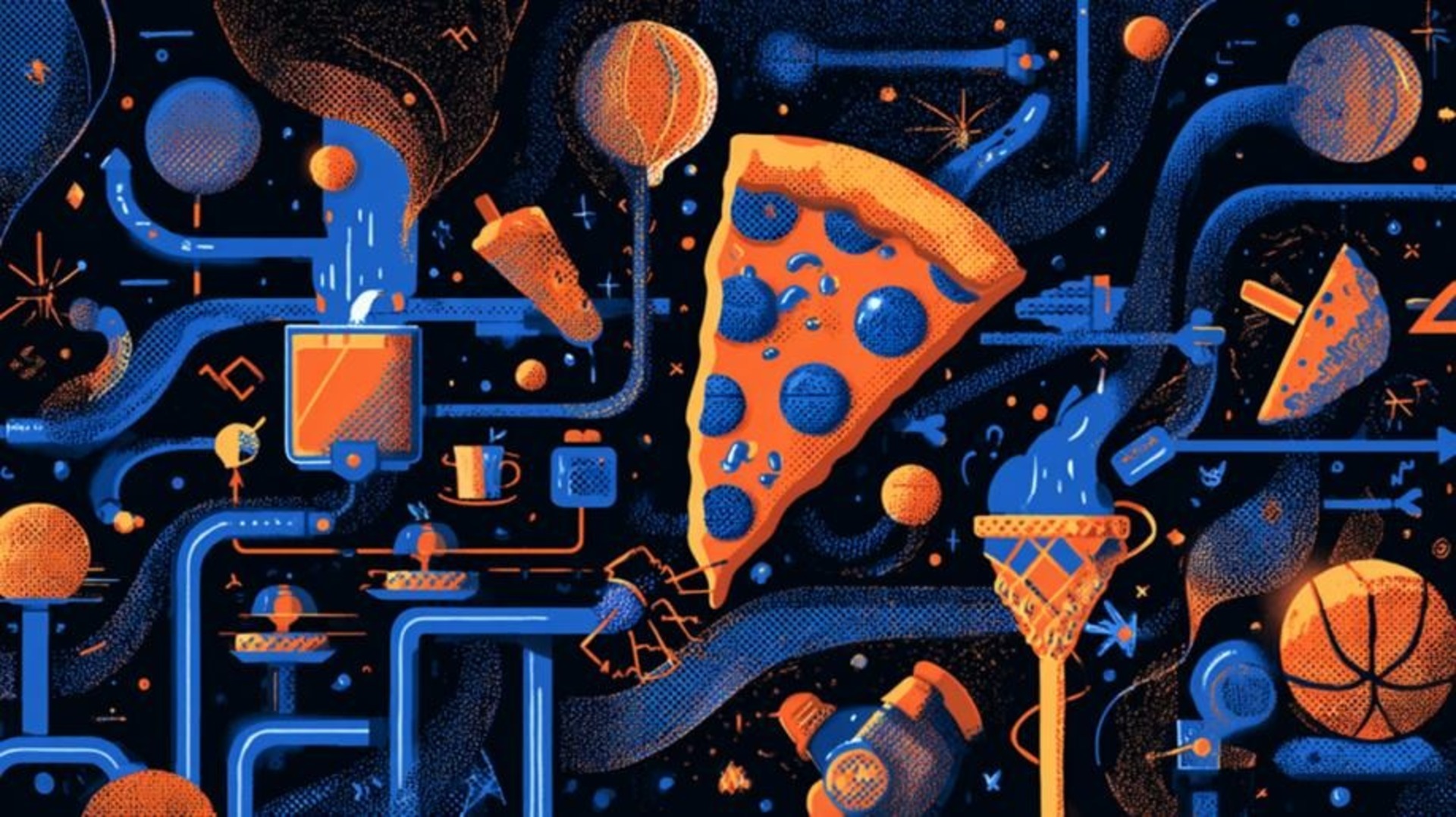
Last week, a data scientist from an NBA team communicated something that perfectly captures why sports tech is having its moment:
"We discovered that fans who order wings after 11 PM while watching game highlights are 3x more likely to buy season tickets. Now we need engineers who can build models around that."
While inspired by real sports analytics efforts, like the Cavaliers' verified 40% fan spending increase through Uptop's loyalty program, the behavioral patterns here blend actual data trends with illustrative examples.
Welcome to the weird, wonderful world where your late-night DoorDash habits might predict your fandom better than any survey ever could.
The Cavs posted a verified 40% increase in fan spending—thanks to AI that tracks everything from emoji reactions to midnight munchies. But here's the thing - they didn't hire typical AI engineers. They hired people who understand why someone rage-eats an entire pizza after a bad call.
While some data points here are stylized for illustration, the underlying trend is real: AI-driven behavioral analytics is reshaping fan engagement by tracking the human moments that actually matter.
Across the NBA, job postings and hiring trends point to one clear need: AI engineers who understand that fandom isn’t rational—it’s beautifully chaotic.
Here's how some teams jokingly describe their models:
python# True Fan Score (simplified & slightly ridiculous)
true_fan_score = (
late_night_orders * # 2 AM wings = dedication
emotional_eating_index * # Loss = extra large pizza
CAPS_LOCK_RAGE # REFS ARE BLIND!!!
)
# Because sometimes loyalty looks like wings, late nights, and ALL CAPS.S
Yes, teams are literally modeling emotional eating, late-night tweets, and CAPS LOCK rage—because that's what predicts loyalty.
These aren't your standard data roles—they're blending tech and psychology in ways that would make Freud jealous.
Salaries? $125K–$195K—and climbing fast. One posting literally asked for someone who can "model fan emotional states based on snack timing patterns."
💡 Pause here and tag an engineer who’d crush this role.
Real interview question I heard:
"How would you correlate pizza topping choices with merchandise purchases?"
Sports teams just tapped into a truth tech giants have known for years: the best predictor of future behavior is the weird stuff people do right now.
The difference? Tech companies track clicks. Sports teams track passion.
That midnight pizza order while rewatching highlights? It’s not just a snack—it’s an emotional investment that traditional analytics completely missed.
This is where behavioral data meets real-world impact—and why teams are scrambling to hire engineers who can model the chaos behind human fandom.
They’re not tracking snacks for fun. They’re tracking them because late-night wings signal loyalty, not hunger. Beautiful, right?
Three reasons why you should care:
When was the last time your job asked you to optimize an algorithm based on how many fire emojis someone uses? Or build a model that factors in "drunk tweeting confidence intervals"?
Sports teams are throwing Silicon Valley money at these roles. The Cavs' success has every team opening their checkbooks. I'm seeing 20% salary premiums for engineers who can bridge tech and human behavior.
Your model doesn't just live in a dashboard. It drives real decisions: ticket pricing, concession placement, even game scheduling. One engineer told me their "optimal tipoff time" model (based on fan eating patterns) changed an entire season's schedule.
Show you understand the human side. In your portfolio, don't just show accuracy metrics. Show you understand WHY a fan orders wings at midnight (hint: it's not hunger).
Sports teams are developing some of the most interesting AI applications in tech right now. They're not trying to optimize ad clicks or predict stock prices. They're trying to understand the beautiful chaos of human fandom.
The Cavs cracked the code by treating fans like wonderfully irrational humans. Now, every team wants its own midnight snacking algorithm.
AI can crunch the numbers. You can turn chaos into championships.
Will you be the one to build it?
Tag an engineer who’d crush this—or better yet, build your own midnight snacking model and share it.
P.S. - If you're curious about the actual midnight snacking patterns, here's a fun fact: Wednesday night wings orders correlate with season ticket renewals at r=0.73. Do what you want with that information.
Drop a comment with the weirdest fan behavior you think should be tracked. Best answer gets my sports analytics resource pack.
To learn more about Sharp Decisions, get in touch with us here. For more insights, follow us on LinkedIn and Twitter, and find job opportunities on our careers page.